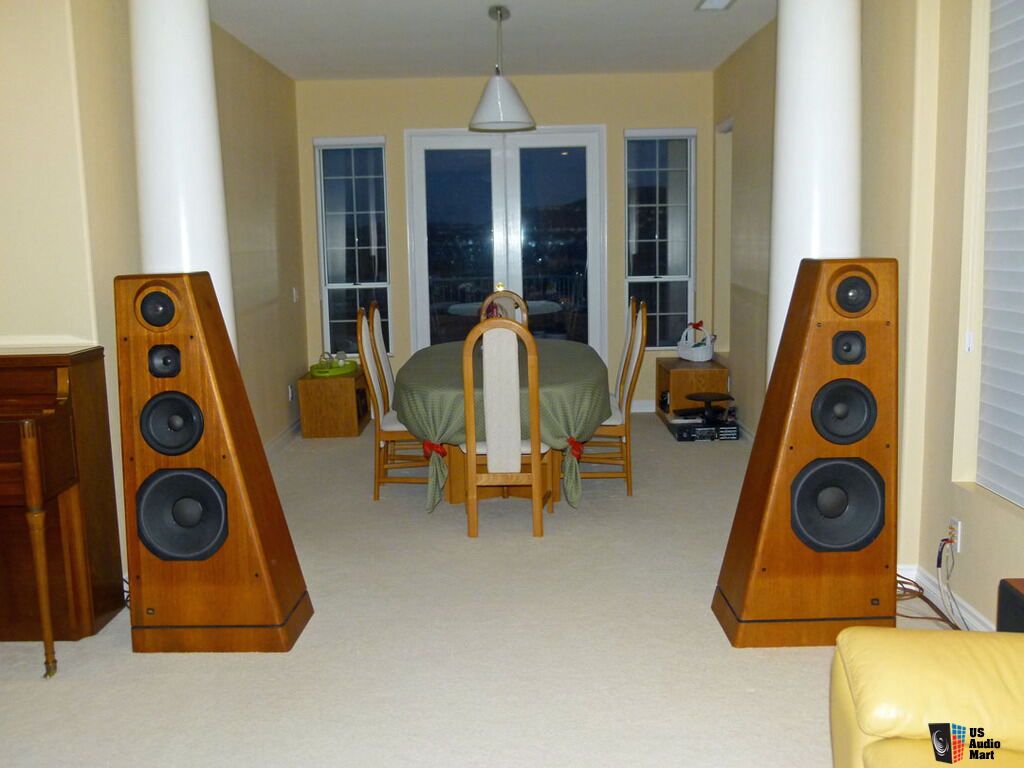FWIW....
I auditioned the Devore O/96 speakers extensively, with my reference tracks, in more than one system.
My impression was that they had a thicker, richer sound than most speakers, but also a slightly more "live vibe" to the sound in the sense that the dynamics of how the musicians were playing seemed to flow more easily. I was continually made aware more of the different dynamic emphasis drummers were putting on the snare and kick drum as they played, on tracks I knew well, that seemed to bring the playing more "alive."
I have limited experience with horn speakers not having owned horns, only heard at stores, shows and more recently Klipsch speakers a number of times at a friend's place, using some of my demo tracks.
While the Devores struck me as having more lively dynamics than many other speakers, it wasn't the same as a horn speaker. Horn speakers usually really strike me as having a very "live-like" present sound in respect to a sense of "solidity" to the instruments. The crack of a snare drum, the drum stick on a rim or cymbal, a blaring sax or horn, they seem more solid and pushing air like a real instrument, as opposed to the more ghostly quality of the usual box speaker. The leading edges, the transients in particular. On an average speaker, I could point right to where horn or drum snare is appearing, but it sounds like I could just wave my hand through it, like a sonic hologram. Horn speakers give me the sense that I could reach out and actually feel a solid instrument.
The Devores had a rich, thick sound, and there was a great sense of "moving air in the room" to make you feel the effort of the musicians. But it was more relaxed than real life, especially the lead edge transients, a softening of the sound vs real life, less focused and solid than the horn-based speakers. (Though, having said that, I found the Devores more convincing than many other box speakers with the sense of clarity and solidity - drums sounded more real to me than on other speakers, but not quite the level of a horn speaker).
Anyway, that's how I heard things.

